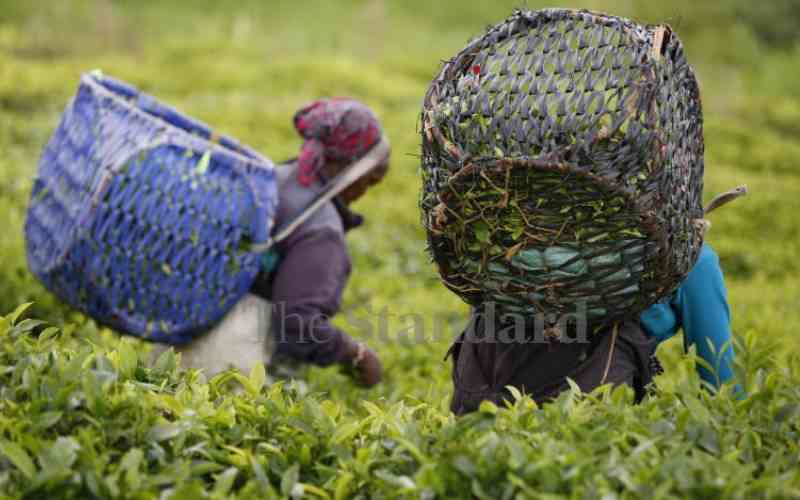Kenya’s formal milk consumption rose by 11 per cent in the first quarter of 2019, in a sustained year-to-year boom, funneling huge revenues to processors.
The rise in milk intake is explained by a jump in disposable incomes, population growth and urbanisation.
Data from the Kenya Dairy Board shows that Kenya retained its position as Africa’s largest per capita consumer of milk. Consumption rose to 165 million litres from 148 million litres in the period under review.
Kenyans consumed 110 litres per year per person this year, up from 80 last year.
The country’s major leading processors are Brookside, New KCC, Githunguri, Meru and Kinangop. These five produce more than 75 per cent of the milk on the market. Brookside controls more than 30 per cent, making the Kenyatta family-owned entity the biggest beneficiary of the milk boom.
The UN Food and Agricultural Organisation says milk consumption depends on per capita income developments, especially in developing countries.
Developed countries tend to have a per capita consumption of more than 150 litres per year. This means Kenya’s per capita incomes are rising compared to the rest of Africa.
The country’s economy has been growing at an average rate of six per cent in the last couple of years helped by Agriculture, construction and a resurgent tourism industry. South Africa and Uganda follow at 90 and 60 litres per person.
Milk production increased from 4.5 billion last year to 5.2 billion this year. Kenya is banking on the ongoing formation of the continental free trade area to find a market for export.
Its dairy industry is currently valued at more than Sh184 billion, according to the Ministry of Livestock, and contributes over four per cent to the gross domestic product.
This is due to increasing domestic milk production which averages 5.3 per cent per year and dairy processing capacity growing at seven per cent annually.
“The growth is driven by growing urban demand, at a rate of three per cent resulting in a national per capita consumption of 110 litres, one of the highest in Africa,” said the ministry.
However, the country’s production costs remain high, making it uncompetitive on the export market with the prices of feeds being the largest impediment.
This means that Kenyans are buying milk at higher prices than much of the rest of Africa. The critical factor in profitable milk production is thus the management of dairy feeds.
However, it should be noted that the above statistics only reflect the milk that goes to the market, which means subsistence milk production was not captured.
Finland is the world leader in milk consumption followed by the Netherlands and Sweden respectively.
The high consumption of milk has led to the burgeoning of the milk value chain. Kenya has a processing capacity of 1.4 billion litres per annum.
 The Standard Group Plc is a multi-media organization with investments in media
platforms spanning newspaper print operations, television, radio broadcasting,
digital and online services. The Standard Group is recognized as a leading
multi-media house in Kenya with a key influence in matters of national and
international interest.
The Standard Group Plc is a multi-media organization with investments in media
platforms spanning newspaper print operations, television, radio broadcasting,
digital and online services. The Standard Group is recognized as a leading
multi-media house in Kenya with a key influence in matters of national and
international interest.
 The Standard Group Plc is a multi-media organization with investments in media
platforms spanning newspaper print operations, television, radio broadcasting,
digital and online services. The Standard Group is recognized as a leading
multi-media house in Kenya with a key influence in matters of national and
international interest.
The Standard Group Plc is a multi-media organization with investments in media
platforms spanning newspaper print operations, television, radio broadcasting,
digital and online services. The Standard Group is recognized as a leading
multi-media house in Kenya with a key influence in matters of national and
international interest.









